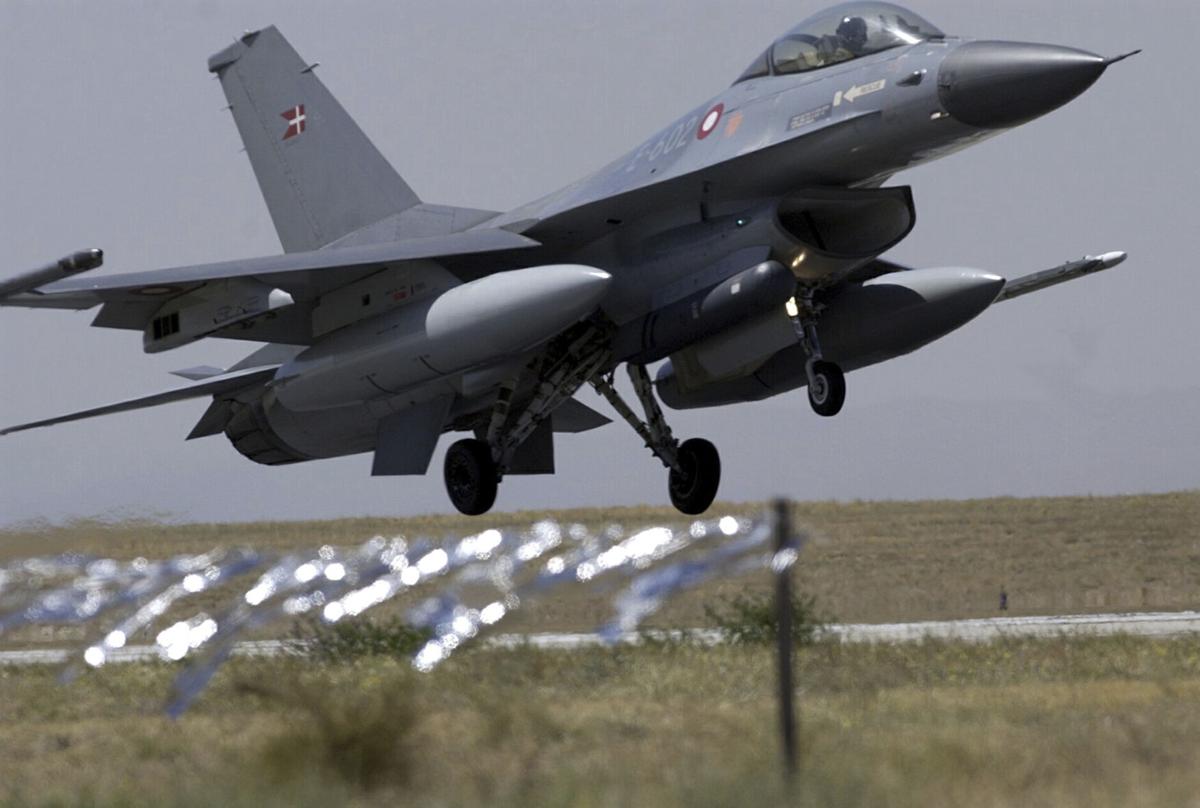WASHINGTON — The U.S. will start training Ukrainian pilots to fly U.S.-made F-16 fighter jets, beginning at the Morris Air National Guard base in Tucson in October, the Pentagon said Thursday.
The training is part of a U.S. and European effort to get the advanced fighter jets to Ukraine for its defense against invading Russian forces.
American military officials stress it takes years of training to be able to field F-16 squadrons, limiting the impact the aircraft will have on Ukraine’s defense for the near future.
Tucson’s Morris National Guard Base is host to the 162nd Wing, the Air Guard’s premier F-16 fighter pilot training unit.
The Morris base also has for decades hosted F-16 pilot training for allied nations, including the Netherlands Air Force, which ended a 32-year training mission in Tucson in July 2022, and the Iraqi Air Force.
In September 2022, the 21st Fighter Squadron, which trains F-16 pilots and maintainers from the Taiwanese Air Force, moved from Luke Air Force Base near Phoenix to the Morris Air Guard base.
“This is about the long-term support to Ukraine,” the Pentagon spokesman, Brig. Gen. Pat Ryder, told reporters in Washington. “This is not about the counteroffensive that they’re conducting right now.”
Before arriving at the Tucson base, the Ukrainian pilots will first undergo English instruction at Lackland Air Force Base in San Antonio, Texas, to bring their fluency up to the level needed to operate the aircraft, starting next month, Ryder said.
Ukraine has long pressed for the American fighter jets to help defend its cities and forces from Russian artillery and aviation. Denmark, the Netherlands and Norway announced in recent days they would supply the aircraft to Ukraine.
The U.S. decided to join European allies in the training to avoid bottlenecks in bringing Ukrainian pilots up to speed, Ryder said.
The U.S. training would accommodate “several” Ukrainian fighter pilots and dozens of maintenance people for the jets, he said.
For experienced pilots, training can range around five months, Ryder said. He sketched out courses covering basics. In addition to flying the advanced craft, they include formation flying, operating weapons, air combat and suppressing air defense systems, on top of centrifuge training on the ground to help pilots withstand the g-forces of an F-16 cockpit.





